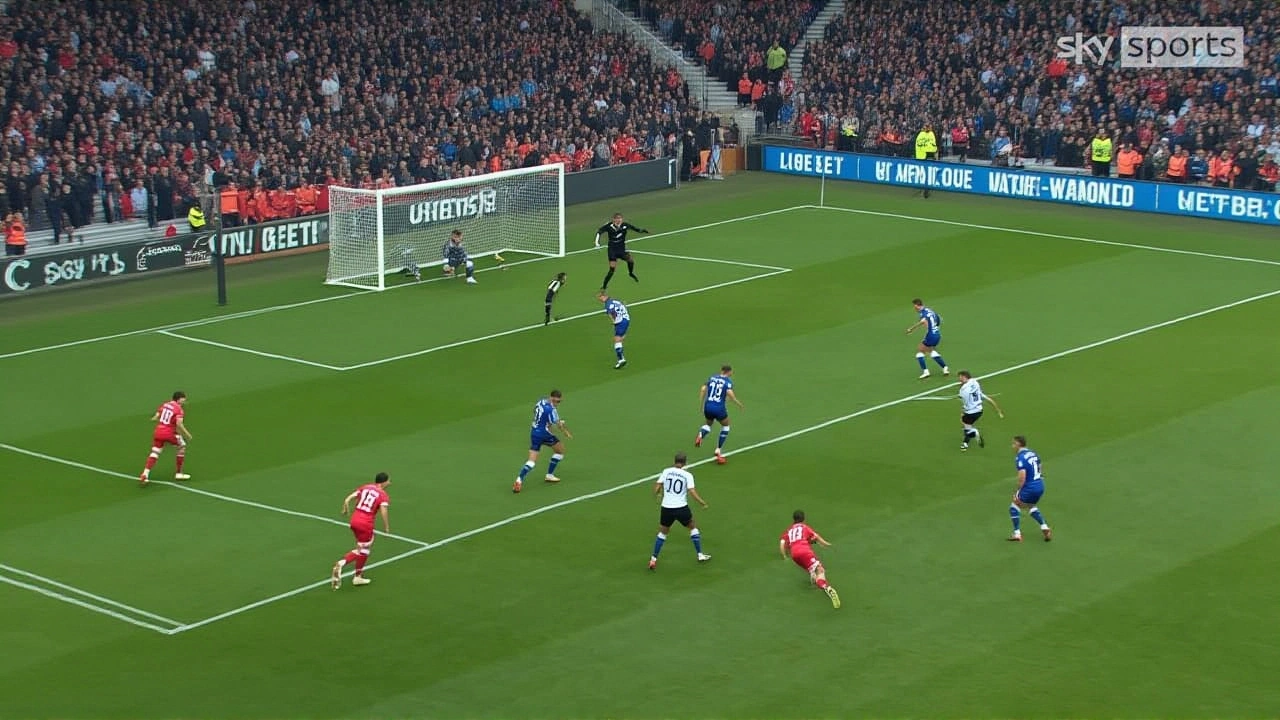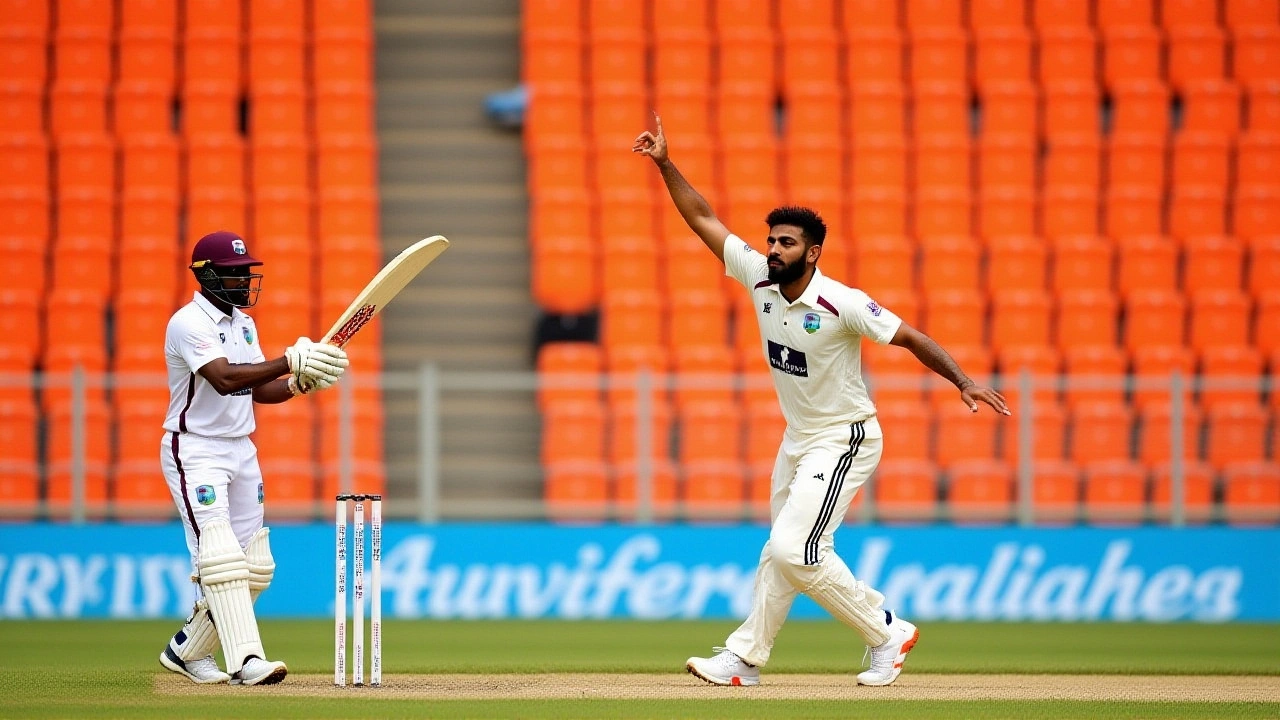Sports: News, Debates, and Behind‑the‑Scenes of Modern Competition
When talking about Sports, a broad field that covers everything from local games to global tournaments, you quickly run into specific arenas that shape the conversation. One hot topic right now is Test cricket, the longest form of the game that tests skill, stamina, and strategy over five days. Because Test cricket needs massive, well‑maintained grounds, venues like the Narendra Modi Stadium, the world’s largest cricket stadium located in Ahmedabad, India become central to the debate. Sports encompasses Test cricket, Test cricket requires suitable venues, and rotating venue policy influences stadium usage – three clear connections that set the stage for today’s discussion.
Why Venue Choices Matter for Fans and Players
The BCCI (Board of Control for Cricket in India) has a rotating venue policy that moves matches around the country. This policy aims to give fans in different regions a chance to see live action, but it also creates empty stands in mega‑stadiums when a Test match isn’t scheduled. Empty seats at the Narendra Modi Stadium raise the question: should cricket stick to a few permanent hubs, or keep spreading the love? Fans often wonder if a permanent Test hub would guarantee packed crowds and better pitch maintenance, while critics argue that rotating venues keep the sport inclusive and financially viable across India.
Another angle is the economic impact on the surrounding community. When a stadium like Modi hosts a Test, hotels, restaurants, and local transport see a surge in business. Conversely, an empty venue means lost revenue and a quieter city vibe. This tug‑of‑war between economic boost and equitable fan access is why the rotating venue policy draws such intense scrutiny from both the BCCI and cricket enthusiasts.
Beyond economics, the quality of play can shift with venue stability. Permanent hubs often allow groundsmen to fine‑tune pitch characteristics over time, leading to more predictable bounce and spin. Rotating venues, however, force teams to adapt quickly to varying conditions, which some argue makes the sport more challenging and exciting. The debate isn’t just about seats; it’s about how the very nature of Test cricket evolves.
What does this mean for you, the reader? Below you’ll find a curated set of articles that break down the Modi Stadium controversy, explore the merits of permanent versus rotating venues, and offer perspectives from players, officials, and fans. Whether you’re a casual spectator curious about why a stadium sits empty, or a die‑hard cricket follower tracking policy shifts, the collection gives you the facts and viewpoints you need to form an informed opinion.
So, scroll down and dive into the stories that unpack the latest sports debates, showcase real‑world impacts, and highlight the decisions shaping the future of Test cricket and its grand stages.

